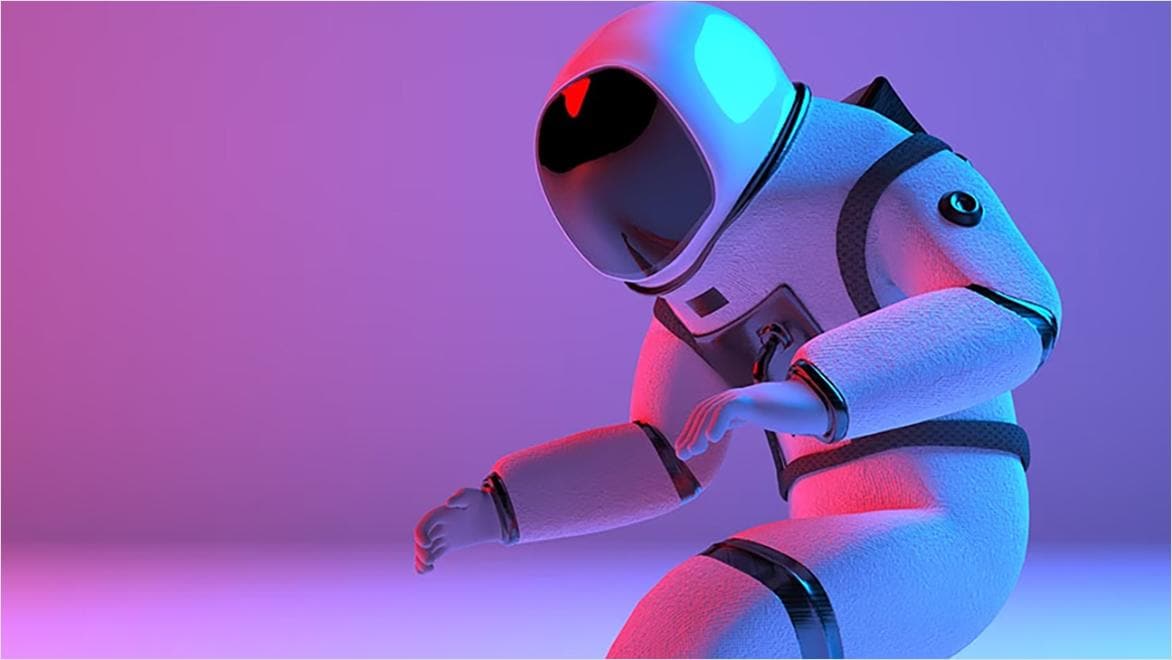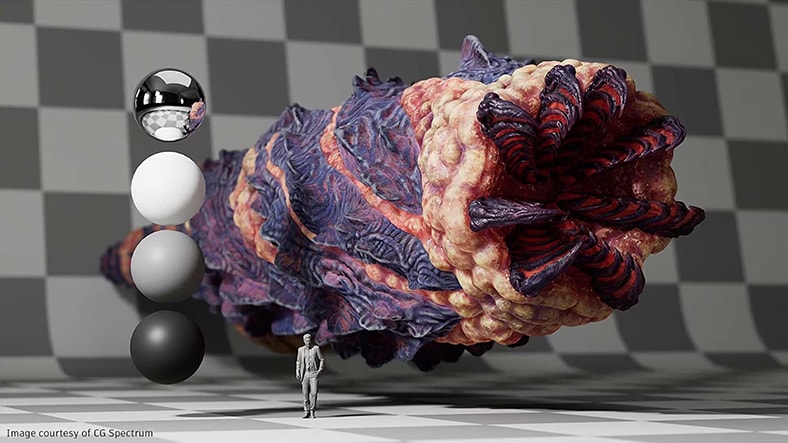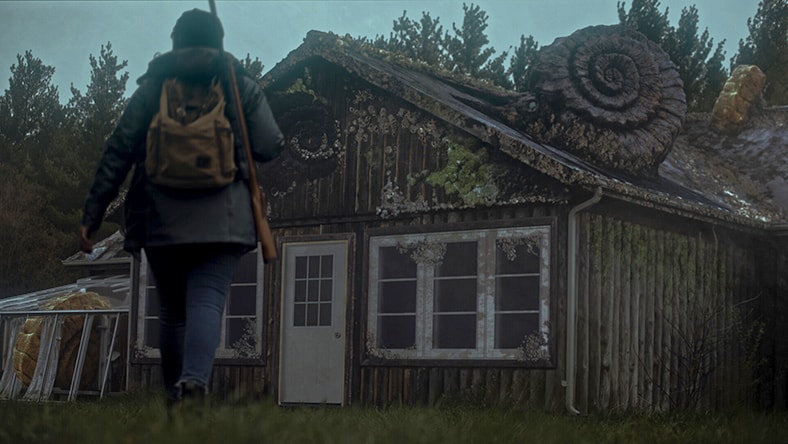Retopology simplifies a 3D mesh while preserving important details, ensuring proper edge flow for animation (US site) and facilitating UV mapping for texturing.
Manual retopology involves restructuring a 3D model’s mesh by hand, which allows precise control over vertex placement and detail preservation, making it ideal for complex models and particularly those intended for animation.
In contrast, automatic retopology relies on algorithms and software to generate an optimised mesh more quickly. It’s suitable for scenarios in which speed is essential but may offer less precise control over topology and detail placement.
Some tools provide a semiautomatic approach, allowing artists to guide the automated process and strike a balance between control and efficiency. The choice between manual and automatic methods depends on the project’s specific requirements and time constraints.










